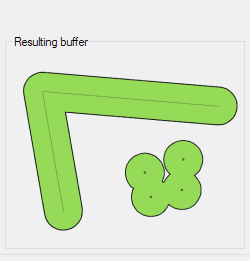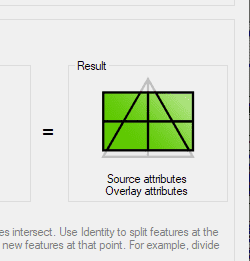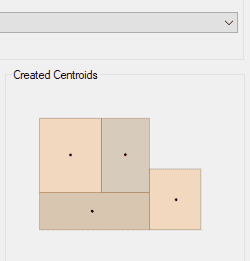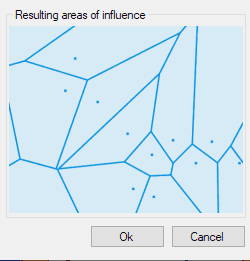Allows you to create new features based on geometric and data operations between two existing feature groups. These operations are':' Intersect, Union, Erase, Identity, Clip, Paste and Symmetric Difference
Generate new Polygons based on the grouping of other adjacent polygons with some common data
Allows you to generate Centroids (Point features) for the selected polygons. The polygons data will be attached also to the Centroid features
Creates polygons defined by the sets of points closest to each point of a selection in the map (Voronoi diagrams)





